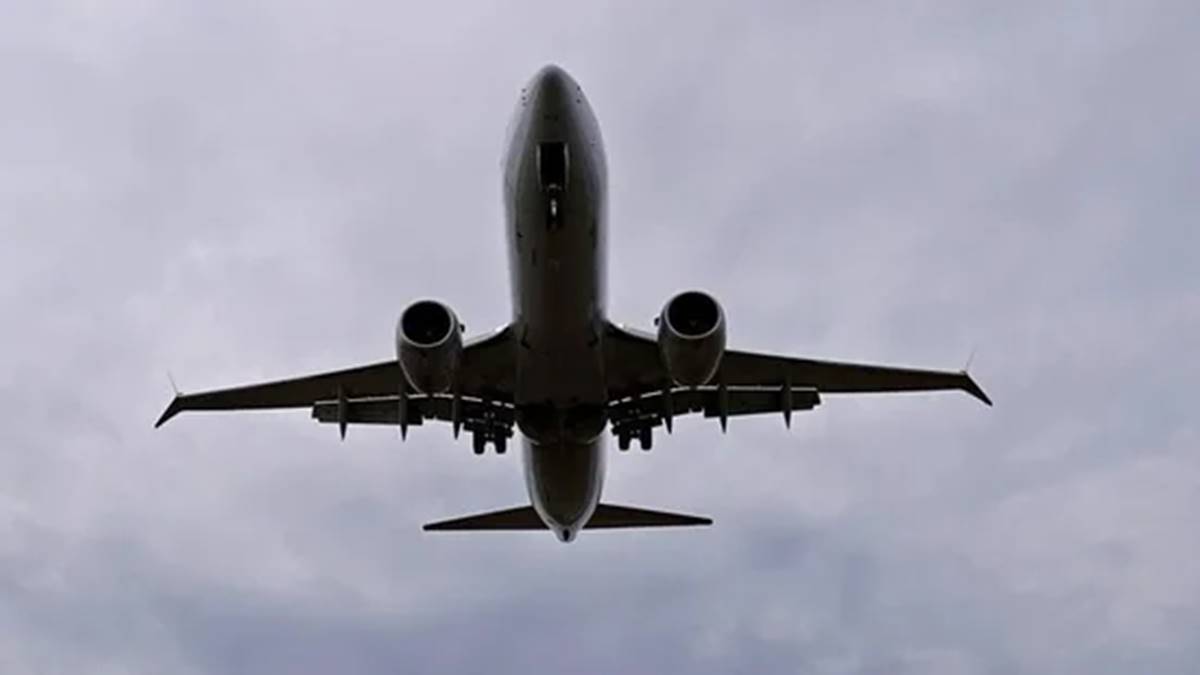Clear air turbulence has been observed increasing frequently throughout the years, most likely as a result of climate change. On May 20, extreme turbulence on a Singapore Airlines aircraft from London to Singapore resulted in one passenger’s death and over 70 injuries. The incident has drawn attention to turbulence, particularly the effects of climate change and Clear Air Turbulence (CAT).
What is CAT?
CAT is defined as any turbulence where there is no cloudiness and is invisible, which also makes detection difficult by pilots and radars in an aircraft. “While variations in climate can cause variations in CAT, a robust increase in CAT over decades is very likely to be because of climate change,” Manoj Joshi, a Professor of Climate Dynamics at the University of East Anglia, UK, said.
According to Joshi, there has been a real increase in CAT and not just more observations of CAT. “A big reason why there are more observations of CAT now is that there are a lot more flights now compared to 40 years ago,” Joshi added.
Steps by Airlines…
A spokeswoman from Air India Express stated that a number of occurrences worldwide do show noticeably higher levels of flight turbulence caused by harsh weather not previously witnessed when asked if the company planned to review its current procedure during in-flight turbulence. In light of this, the airline has trained its staff to highlight to passengers that they should always wear their seat belts securely, even in the absence of an illuminated seat belt sign.
Air India Express further stated that the airline has established protocols wherein in-flight services are halted in response to reports from the cockpit crew on predicted turbulence levels.
An IndiGo spokesperson highlighted that in order to ensure a secure and comfortable in-flight experience, the airline is constantly exploring new technologies and evaluating in-flight safety announcements. “Recently, IndiGo ran some trials on a new software and is hopeful of launching another trial for its Airbus fleet in the next 2-3 weeks. Since the agreement is under process, the airline will announce the software name, as per the developments in the trial agreement,” the spokesperson said.
In addition to standard notifications about cabin readiness and general safety demonstrations, IndiGo also gives special attention to recommendations pertaining to seat belt use. “Passengers are reminded of the critical importance of keeping their seat belts fastened throughout the flight, especially during turbulence,” an Indigo spokesperson added.
For specific situations such as turbulence or inclement weather, the airline has developed situational announcements to prepare passengers and crew for any challenges that may arise. “These include mist in the cabin, prohibition of mobile use during strong weather conditions, delay in take off (uncontrollable delays-weather conditions), interrupted service (including hot beverages) and operational diversions,” the spokesperson said.
Meanwhile, global airlines’ grouping IATA has the ‘Turbulence Aware’ programme that aims to help airlines mitigate the impact of turbulence. The platform pools anonymised turbulence data from thousands of flights operated by participating airlines. The real-time, accurate information enables pilots and dispatchers to choose optimal flight paths, avoiding turbulence and flying at optimum levels to maximise fuel efficiency and thereby reduce carbon emissions, as per the grouping.
(with PTI inputs)






